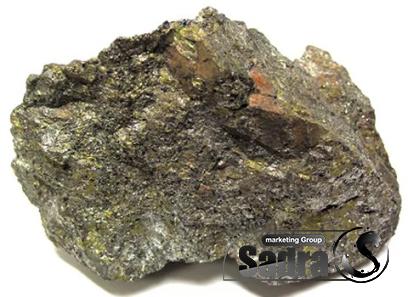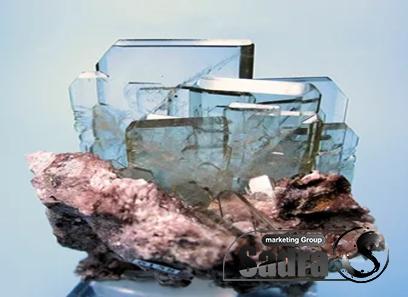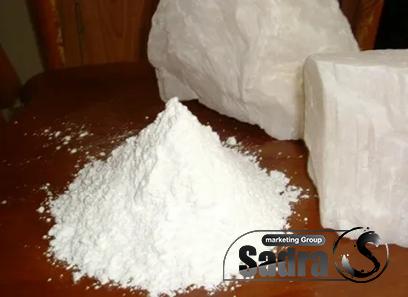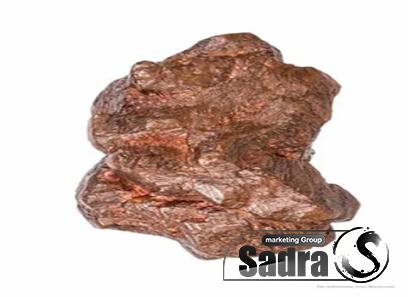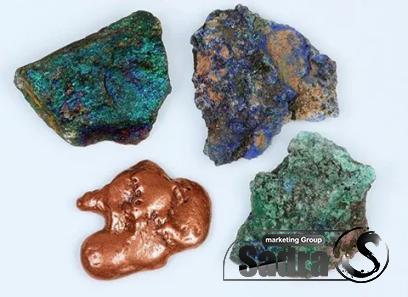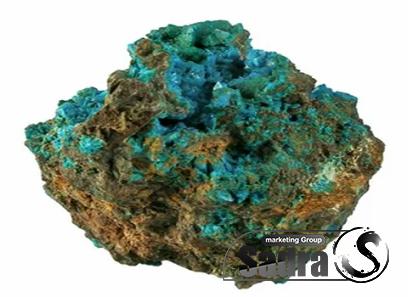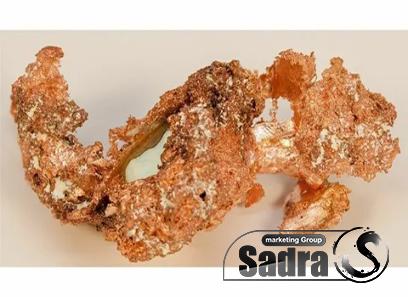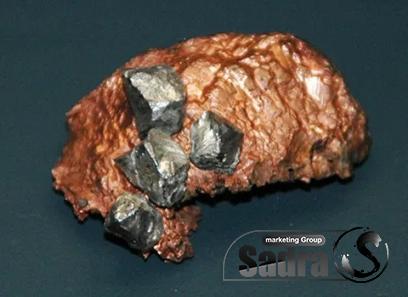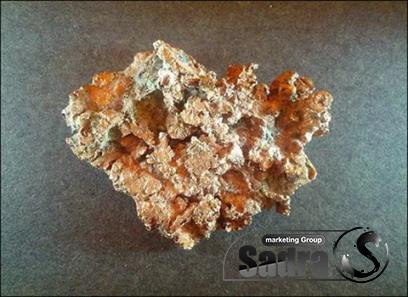The price of Bitumen Modification Acetate + cheap purchase
In this article, we are going to discuss acetate and plastomer as bitumen modification
EVA is a thermoplastic polymer created by the co-polymerization of vinyl acetate and ethylene, with the vinyl acetate content regulated by a copolymerization method
EVA has been utilized in the modification of bitumen for decades due to the strengthening of molecular bonding between VA and carbonyl linkages, which alters the polarity of the two materials
In terms of stiffness and translucency, EVA is similar to LDPE; depending on the VA content, EVA can be translucent like rubbers or plasticized PVC and can have the flexibility and softness of elastomers
EVA is a type of plastomeric polymer utilized for bitumen modification, where the variation in vinyl acetate percentage imparts intriguing properties to EVA-modified bitumen
It is suggested that a higher content of vinyl acetate in EVA (i
e
, greater than 20% VA) improves the polarity of the polymer as well as the elasticity, storage stability, and flexibility of EVA-modified bitumen, whereas a lower content of vinyl acetate in EVA (i
e
, 8-14% VA) increases the degree of crystallinity, resulting in stiffer EVA-modified bitumen with improved high-temperature performance
To resist deformation, EVA-based polymers form a stiff and robust bond with bitumen during the modification process
Unlike several of the plastomers mentioned in previous sections, EVA—depending on the VA content—improves thermal cracking at low temperatures and persistent deformation
The mixing temperature for preparing EVA-modified bitumen is typically 160-200 °C
The lower limit of the temperature range is often set at around 160 °C due to the difficulty of obtaining a uniform mix of EVA in bitumen at lower temperatures, even after 1 hour of mixing time [169]
The difference in mixing temperature does not appear to have a major impact on the penetration, ductility, specific gravity, and softening point of EVA-modified bitumen
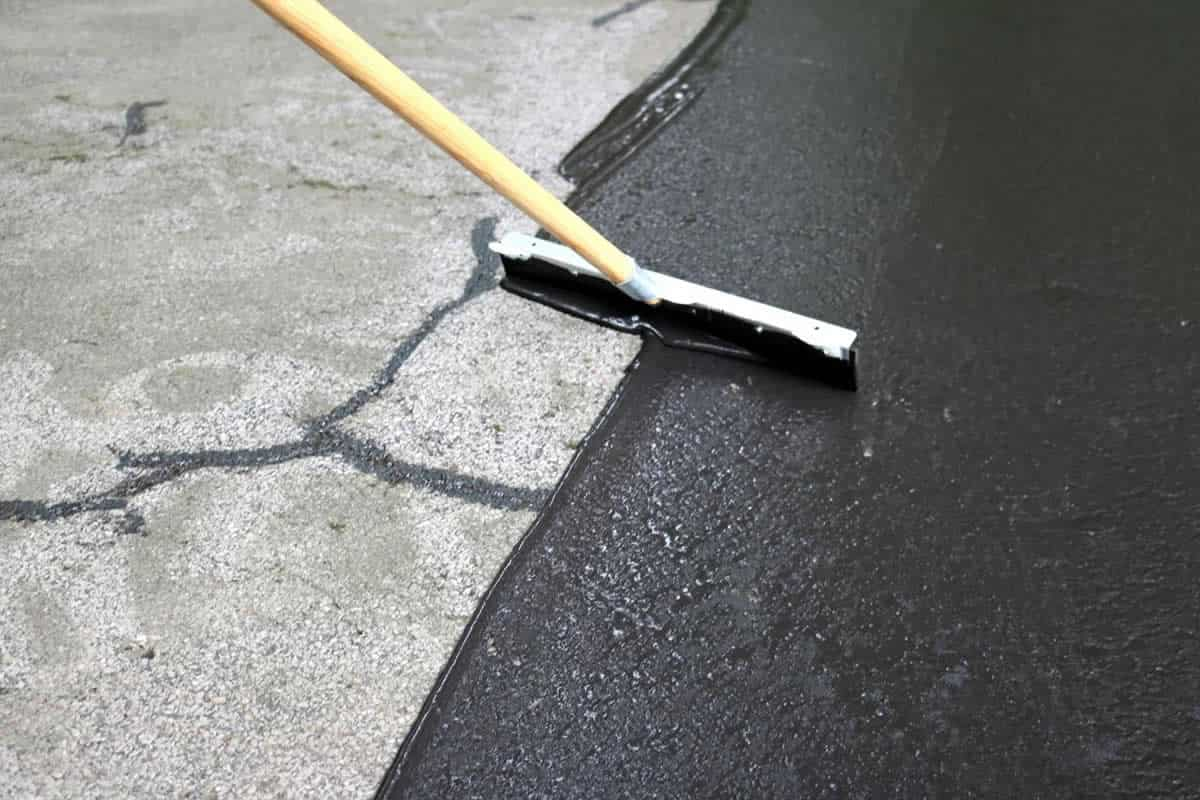
The entire mixing time given for mixing EVA with bitumen is between 20 minutes and 6 hours
A study studied the influence of mixing time on various physical properties of EVA-modified bitumen at 20, 25, and 30 min mixing times and discovered that there is no significant change in the physical properties of the finished bitumen
EVA with varying amounts has been utilized in bitumen mixtures
EVA concentrations ranging from 1 to 10% are employed in various investigations, with 5% by weight of bitumen being the most typically used proportion of EVA
Panda and Mazumdar investigated the effect of varied EVA concentrations by adjusting its loading from 2
5% to 10% by weight of the base bitumen
It was discovered that raising the polymer concentration improves softening point while decreasing ductility and penetration
Another study discovered that 5% EVA increased softening points by 21
6-53% and decreased penetration by 33-51%
The growing amount of softening point, on the other hand, changes with polymer content
For example, at 4%, 5%, and 6% EVA concentrations, the softening point of EVA-modified bitumen increases by 14°C, 16°C, and 18°C, respectively
The inclusion of EVA polymer can improve pavement durability in warmer climatic circumstances by increasing the softening point (indicating a stiffening impact of polymer-modified bitumen)
Similarly, adding EVA at higher concentrations enhanced the penetration index and ductility values, implying that EVA-modified bitumen is more resistant to rutting and low-temperature cracking
The temperature differential between the top and bottom portions of the cigar tube test (ASTM D7173) sample was less than 2
5 °C, demonstrating that EVA-modified bitumen is mainly stable at higher temperatures [105]
It was also hypothesized that some separation may occur during storage of EVA-modified binders, but EVA is quickly diffused in bitumen and has relatively high compatibility with binders
EVA with a low VA concentration is projected to have great storage stability
To boost the storage stability of EVA-modified bitumen even further, some stabilizing chemicals were included in with the EVA, which improved the binder’s overall properties
Maleic anhydride and nano clays are two examples of novel stabilizing agents
The use of maleic anhydride reduces penetration, enhances storage stability, and increases ductility and softening point

On the other hand, nano clays increase the softening point and provide stability to binders containing up to 6% EVA; the latter content was not stable in the absence of the nano-clay additive
The viscosity of bituminous binders in asphalt at in-service temperatures is generally expected to be high to avoid rutting (permanent deformation), yet it should be very low at handling and manufacturing temperatures, resulting in easy pavement construction
When the EVA percentage exceeds 3%, the viscosity increases
The ductility of bitumen was increased following the addition of EVA; for example, 5% EVA resulted in a 20% increase in ductility, in contrast to other polymers such as PP, PVC, and PE
Because of the larger EVA polymer content (9%), the rheological behavior of modified bitumen improves its performance as a paving binder
By increasing the concentration of EVA, it was discovered that the phase angle reduces while the complex shear modulus increases
It is proposed that the testing temperature, concentration, and type of the polymer have a substantial effect on the storage modulus and loss modulus of polymer-modified bitumen
Liang et al
investigated the MSCR of EVA-modified bitumen and discovered that the VA content in EVA offers higher%recovery, whereas increasing temperature and stress load cause a sharp decline in%recovery, implying that higher temperatures associated with heavy loads degrade the recoverable ability of asphalt in pavements
Similarly, the VA concentration of EVA has a substantial effect on the Jnr value of EVA-modified bitumen due to EVA crystallization temperature
The thermogravimetric/differential thermogravimetric (TG/DTG) analysis of base bitumen and EVA-modified bitumen reveals that the TG decomposition stage for bitumen occurs around 290-490 °C with 75% mass loss, thus degrading the asphaltenes to create coke
The DTG curve shows that the largest weight loss occurred at 450 °C
The TG curve for EVA modified bitumen, on the other hand, shows a decomposition peak around 307-492 °C, whereas the DTG curve shows a peak at 462 °C
The beginning and maximum breakdown temperatures of EVA-modified bitumen are greater than those of base bitumen, indicating that the addition of EVA increased bitumen’s thermal stability
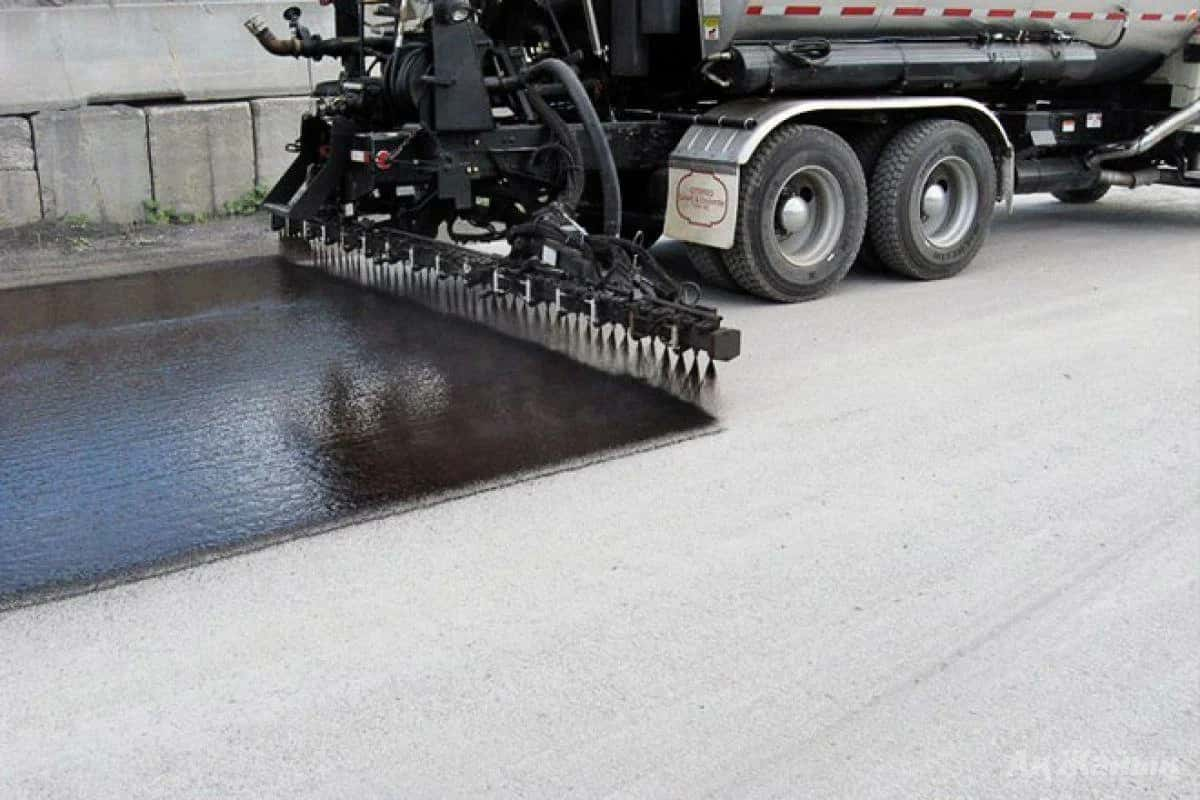
Plastomer Modification
Plastics recovered from the post-consumer stream contain a wide range of plastomers for modification
As a result, they contribute to the majority of the co-mingled recycled/waste plastomers in this situation
As indicated in earlier sections, each plastomer—whether chemically pure or recycled—has some distinct limitations; thus, numerous studies attempted to blend different polymers in order to improve the qualities of modified bitumen
Several research investigations have described several polymer combinations (mostly elastomers and plastomers) for evaluating the performance of both individual polymers and combined polymers
The combination of two polymers is accomplished by either extruding the polymers before adding them to the bitumen or simply adding the single polymers in a set proportion and then mixing them with the bitumen
Most investigations have concentrated on the interaction of elastomers with plastomers such as tire rubber and PE, tire rubber and EVA, tire rubber and PP, tire rubber, EVA, and PE, and styrene butadiene styrene and PE
Brovelli et al
combined two plastomers (PE and EVA)
However, the most common combinations examined use tire rubber as an elastomer and any of the plastomers to improve the properties of a waste (or recycled) polymer
The incorporation of rubber with PE-modified binders is indicated to be a good technique for increasing both the low and high-temperature properties of the blend while maximizing the utilization of recycled products [105]
When mixed, PE helps to increase high-temperature qualities by stiffening the modified bitumen, whilst rubber tends to improve low-temperature properties
Physical interaction between rubber and PE is claimed to occur during combined modification, which aids in the uniform distribution and size refinement of polyethylene
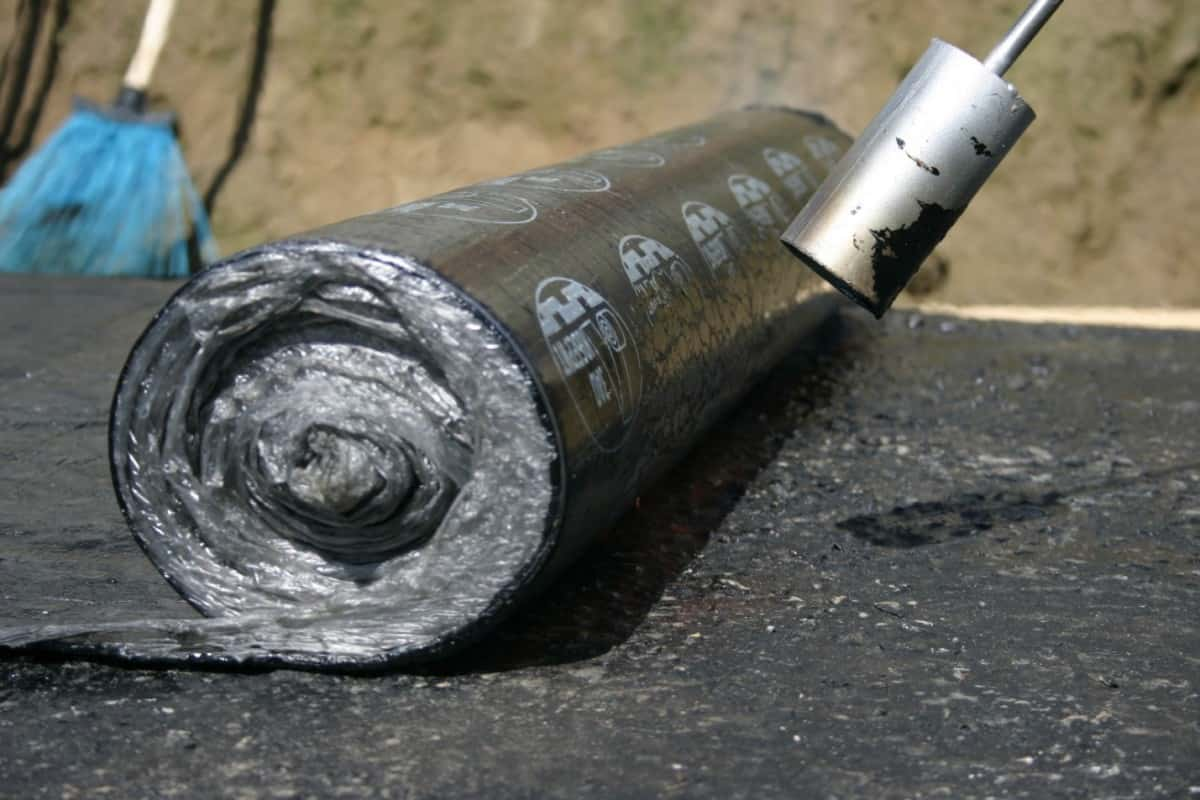
The mixing parameters for bitumen modification of comingled polymers differ based on the type of polymer utilized
Generally, the mixing temperature found in various research dealing with co-mingled plastomeric polymers ranges between 120 °C and 190 °C, the mixing time ranges between 0
5 and 6 h, and the mixing speed ranges between 1200-5000 rpm
Yuan et al
reported the greatest mixing speed of 25,000 rpm with 7-12% PE, while another study used a combination of PE and EVA at a mixing speed of 1200-5000 rpm for 6 hours
In general, a combination of tire rubber and PE/PP reduces penetration value relative to the base binder, but the drop in penetration value in the presence of tire rubber and plastomer is greater than that of only tire rubber and lower than that of simply plastomer
Changes in softening point, on the other hand, typically display a stronger increasing trend with the combination of two polymers compared to the individual polymers
The inclusion of PE and tire rubber reduces the ductility of modified bitumen up to a set amount of PE, however when the amount of PE is less than tire rubber, the mix improves ductility
Adding stabilizing chemicals, such as furfural extract oil, reactive dioctyl phthalate, polyphosphoric acid, sulfur, and maleic anhydride, to the polymer mixture before blending with bitumen often increases the ductility of the modified bitumen
A study found that employing maleic anhydride grafted LDPE with styrene butadiene styrene and HDPE before adding them to bitumen enhanced ductility
In terms of rheological properties, it has been observed that the inclusion of hybrid (or mixed) polymers tends to improve the rheological properties of modified bitumen by increasing the complex shear modulus and decreasing the phase angle
Combining PE with another polymer raised the Superpave parameter G*/sin, showing greater resistance to rutting
The use of maleic anhydride grafted LDPE resulted in a decrease in phase angle and an improvement in G*/sin
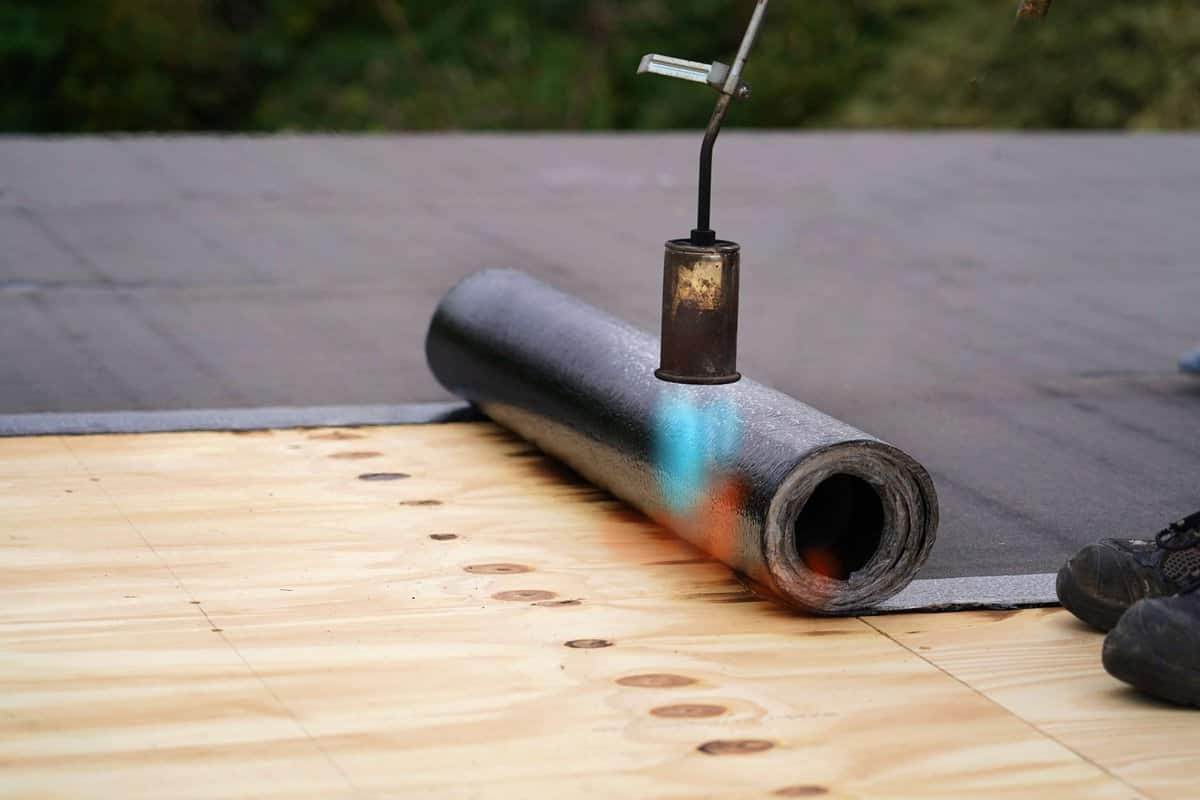
The addition of a considerable volume of tire rubber with plastomers improves mechanical properties, demonstrating improvements in low-temperature flexibility and resistance to high-temperature deformation
Mixing 2% styrene-butadiene-styrene to 6% PE (HDPE and LDPE) or 5% styrene-butadiene-styrene, 3
5% PE, and 3% furfural extract oil exhibited good storage stability values
Furthermore, adding maleic anhydride grafted LDPE to styrene-butadiene-styrene, LDPE, and HDPE reduces phase separation, boosting compatibility and storage stability
Appiah et al
used a combination of HDPE and PP to modify bitumen in a physical and rheological investigation
In comparison with conventional bitumen, the results showed an increase in the softening point, a decrease in penetration value, and an increase in the total dynamic and absolute viscosity of the binder
Despite the fact that no distinguishing or novel discoveries were discovered during the spectroscopic investigation, the study revealed a tight link between polymer strands and the bitumen matrix
Another study looked at the effect of individual PP and HDPE as well as a 1:1 mixture of PP and HDPE added to bitumen at 9% bitumen weight
Marshall Test findings showed that HDPE/PP modified bitumen improved Marshall stability by 179%, while PP and HDPE raised their value by 156% and 152%, respectively
Manju et al
investigated the effect of using mixed and recycled polymers as bitumen modifiers, including PVC and HDPE pipes, LDPE plastic bags, and PET bottles
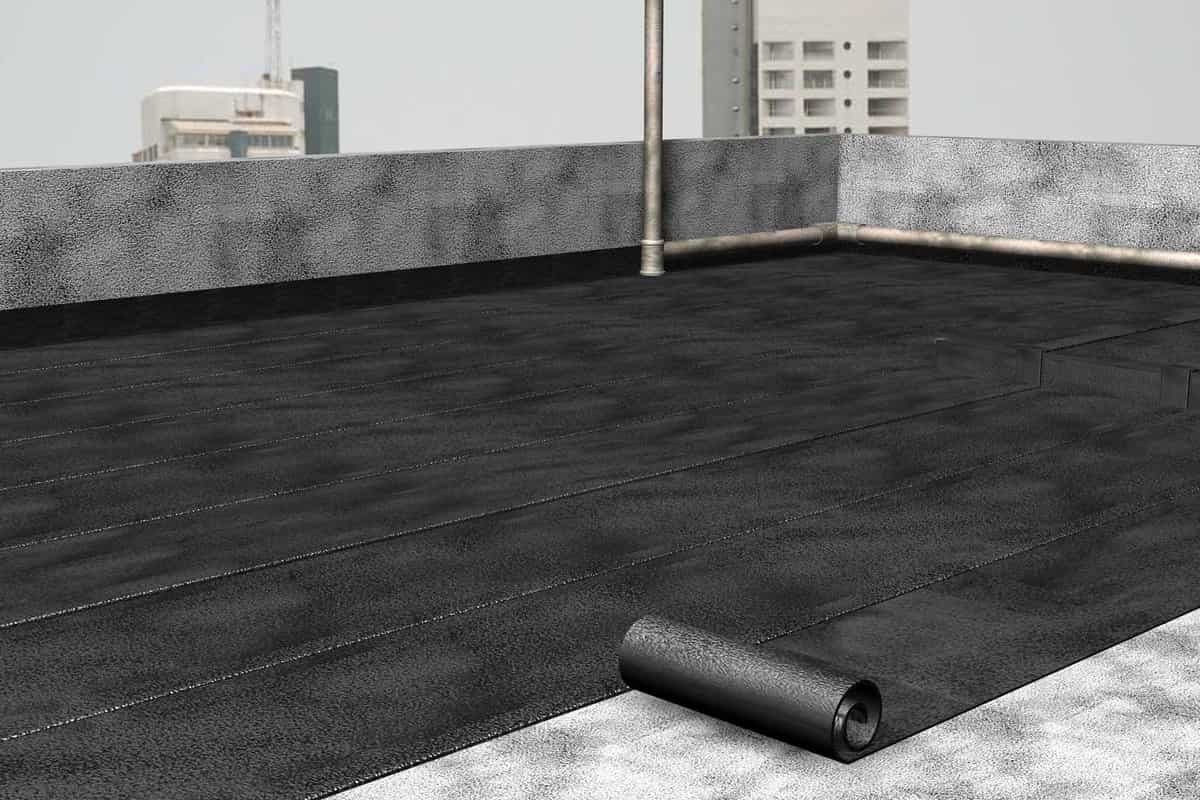
The results showed a 40% and 9% drop in crushing and impact values, respectively, indicating an improvement in strength
In comparison to the control sample, the penetration and abrasion tests yielded lower results
The study concluded that recycled polymer-modified bitumen was more stable than ordinary bitumen
According to Mahmuda et al
, a hybrid mixture of PET and PS has the ability to improve the rutting resistance of asphalt
Nkanga investigated the integration of PET and PS in a 1:1 ratio for bitumen alteration
The combination of PS and PET increased specific gravity, softening point, flash, and fire points while decreasing penetration and ductility
The study concluded that PET and PS improved the road’s durability, resistance to deformation, corrugation, and pushing
Another study used LDPE, PS, and a 1:1 mixture of both polymers and discovered that increasing the polymer concentration from 5% to 15% increased the Marshall stability, flow, bulk density, strength, and fatigue life of the asphalt mix
Chowdhury used a combination of polyethylene and polyester in his research, and the results showed that the ideal polymer content was 8% by weight of bitumen
The mixing method produced a glue and binding effect, which considerably improved the physical qualities of the aggregates
The entire mix’s stability and ITS (wet-dry, freeze-thaw) are enhanced as a result of the plastic alteration, specifically on the bond between aggregate and bitumen with the addition of plastic
Yan et al
created a bitumen blend by blending two polymers (tire rubber and PE) and discovered that the modified binder demonstrated homogeneous dispersion of bitumen and polymeric components
By adding a single agent, a continuous bitumen phase with dispersed polymer particles was detected, however with the addition of CR and PE under integrated modification, a nearly continuous polymer phase developed, eventually forming two continuous twisted phases
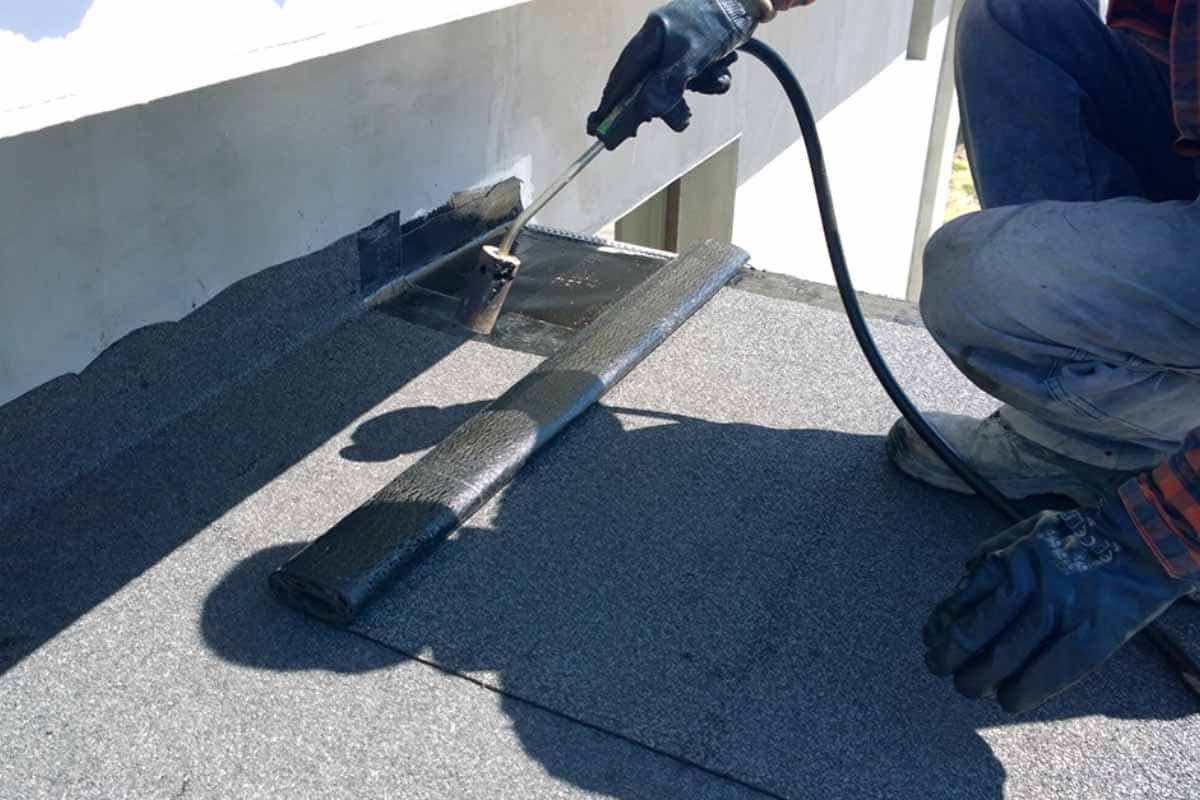
Although combining two polymers improves different features of modified bitumen, there are still downsides that require additional exploration, such as low-temperature rheological behavior
In fact, mixed polymers may restrict bitumen’s ability to alleviate thermal stress
Because crumb rubber is a single participant polymer, complex chemical processes occur during blending, and heat dissociation (or depolymerisation) of crumb rubber can occur
The addition of mixed polymers to bitumen has the potential to increase phase separation due to the poorer compatibility of these polymers in the bitumen
As a result, various additives have been used for polymer modification of bituminous binders in an attempt to improve the compatibility of bitumen and polymers
The following section addresses the various chemical compatibilizers utilized in bitumen polymer modification
